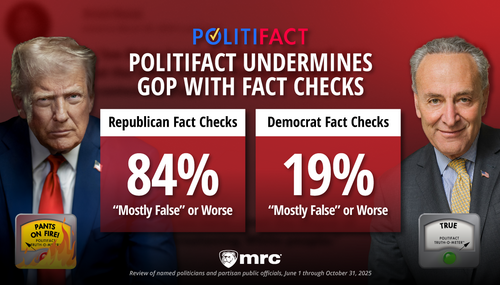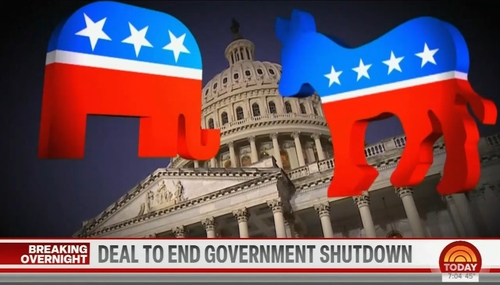So you've been waiting for your electric car? The car that's better than a Prius? The car you can just plug in at night and drive all day? The car that doesn't even use oil or even any fossil fuels? Wait on. AP and Denver Post salivating aside, energy independence at a reasonable price is not just around the corner.
Politicians and automakers say a car that can reduce greenhouse gases and free America from its reliance on foreign oil is years or even decades away. Ron Gremban says such a car is parked in his garage. It looks like a typical Toyota Prius hybrid, but in the trunk sits an 80- miles-per-gallon secret: a stack of 18 brick-sized batteries that boosts the car's high mileage with an extra electrical charge so it can burn even less fuel. Gremban, an electrical engineer and committed environmentalist, spent several months and $3,000 tinkering with his car. Like all hybrids, his Prius increases fuel efficiency by harnessing small amounts of electricity generated during braking and coasting. The extra batteries let him store extra power by plugging the car into a wall outlet at his home in this San Francisco suburb, all for about a quarter.Ah, the greedy automakers and the lazy politicians in their hip pockets. Or maybe it's the other way around.
They have support not only from environmentalists but also from conservative foreign-policy hawks who insist that Americans fuel terrorism through their gas-guzzling.See? If even conservative foreign-policy hawks are in favor of it, there can't be any arguments against it, can there? Never mind that "energy independence" is a bipartisan chimera that politicians have been chasing for decades. Never mind that we never pay the Saudis directly for oil, anyway. Never mind that lowering demand lowers the price, and since Saudi Arabia can produce oil by looking at the sand, the first oil wells to go out of business will be domestic ones. Or that oil gets used for a million things other than driving your Prius around town. Like diesel for hauling the Prius to the dealership. Doesn't matter. But the problems with this report are even more fundamental.
The extra batteries let Gremban drive for 20 miles with a 50- 50 mix of gas and electricity. Even after the car runs out of power from the batteries and switches to the standard hybrid mode, it gets the typical Prius fuel efficiency of around 60 mpg. As long as Gremban doesn't drive too far in a day, he says, he gets 80 mpg.So, how much does Gremban save every day? Let's do the numbers (cue "Stormy Weather.") Since a Prius running on 100% gas gets 60 mpg, that means that first 20 miles normally costs about a third of a gallon. Since he's only using half the gas, he saves about 1/6 of a gallon of gas. Being generous, at $3.00 a gallon, that's about 50 cents a day. Minus the 25 cents he spends charging up. So for his work, Gremban is saving about 25 cents a day. But that's all. He doesn't save more by driving farther, because the extra batteries are run down. He extends his car's range by about 10 miles above a manufacturer's spec of about 650 miles. At that rate, given that he's already put $3000 into the car, he'd better plan on its being his last if he wants to earn back his investment. And that's without using present value on the savings. There are other people at work on this, though. People who want to turn this into a business:
Southern California-based Energy CS has converted two Priuses to get up to 230 mpg by using powerful lithium ion batteries. It is forming a new company, EDrive Systems, that will convert hybrids to plug-ins for about $12,000 starting next year.The AP is making claims for EDrive that even EDrive doesn't make. Look at their FAQ:
Q3: ...The result is EV driving and electrically boosted gasoline driving for the first 50 to 60 miles with a gasoline efficiency of 100 to 150mpg. After the 50-60 mile 'boosted' range, the vehicle performs just like a standard Prius until it is plugged in again. Q7: Can I really get over 200mpg with EDrive on my Prius? A: Yes, but it requires low speeds (55mph freeway) and mild acceleration in city driving. Most Prius EDrive users will likely get closer to 100mpg.So EDrive is being more honest that the AP or the Post that ran this turkey. For 60 miles, barely enough to get you from your home in Warrenton to your desk job for the EPA in Washington, DC, you can get about 120 mpg. That saves you about half a gallon a day, or about $1.25. Minus the $.25 for charging. At a $12K conversion cost, you, too had better be hoping for a VRE extension. It's no good saying you can also charge the car at work or at the mall, and save going home, too. EDrive admits that the appeal is that electricity is cheaper at night. There's a reason for that, too. The last thing the electric companies want is more stress on the grid during peak hours. And like most arbitrage opportunities, this one will close at least a little if half the country has its cars plugged in at night. The article closes with a dig at actual creative thinking:
University of California-Davis engineering professor Andy Frank, who has built a plug-in hybrid that gets 250 mpg, said that although automakers' promise of hydrogen-powered vehicles has been hailed by President Bush, hydrogen's backers admit the cars won't be widely available for years and would require new fueling stations.Right now, batteries don't provide enough range to actually buy you anything. When and it the billions of dollars we've poured into battery technology over the last couple of decades pays off, you'll still need new stations, either to charge up or to exchange batteries. Defenders will point to these two paragraphs in the middle of the article:
But Toyota officials who initially frowned on people altering their cars now say they may be able to learn from them. "They're like the hot-rodders of yesterday who did everything to soup up their cars," said Cindy Knight, a Toyota spokeswoman. "Maybe the hot-rodders of tomorrow are the people who want to get in there and see what they can do about increasing fuel economy."Personally, I think Toyota is being polite. It's not like anyone's actually throwing real money at this problem. But right now, there's a limit as to how much electricity you can pack into a given volume. And throwing extra car batteries into the trunk next to the spare tire isn't going to solve it. The AP and the Post are guilty of raising unrealistic expectations, creating false bogeymen, at the price of ignoring honest efforts by people who have the most to gain by finding an answer. Cross-Posted at View From a Height.




